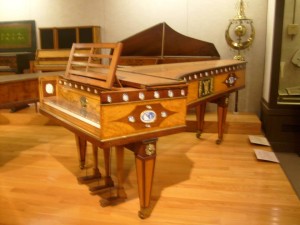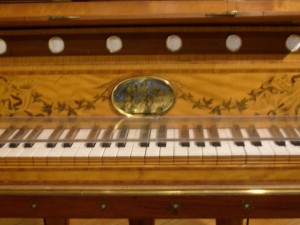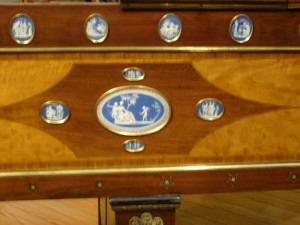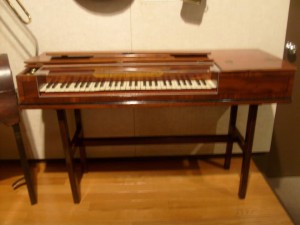Happy Tuesday, everyone! Like Diane, I am “between engagements” (I know what’s coming up next–after RWA, which is two weeks away, eek!). So, what am I doing with all this time? I am deciding what to pack for RWA, trying to lose a couple more pounds before RWA (in the quest for which I’ve been doing crazy things like kickboxing and spin classes), and just generally getting excited about seeing everyone at RWA. I’ve been supervising my little ballet class in last weekend’s recital (everyone performed beautifully!), and I’ve been getting caught up on some reading. (Just finished a terrific book by Jehanne Wake called Sisters of Fortune: America’s Caton Sisters At Home and Abroad about a set of beautiful, wealthy sisters from Maryland who took Regency London by storm).
I’ve also been doing some prelim work for the next couple of books (that stuff which I call Important Research and others–like my mother–might call procrastination). I love to make soundtracks for stories, music that seems to suit the mood of a certain character or scene. It can be music of the period (like lute music for an Elizabethan story) but not always. Sometimes it’s something totally off-the-wall (sort of in the style of Sofia Coppola’s Marie Antoinette). Today I am thinking of music for love scenes. These can be the trickiest scenes to set to music sometimes, because it all depends on the mood. It can be anything from Bolero, instrumental jazz like Miles Davis’s So What, or Rihanna’s S and M. I asked some of my writing friends around here what they would suggest–some people had funny stuff (Katy Perry’s Peacock), some had ideas I might steal (like Crash Into Me by the Dave Matthews Band).
My number one stand-by song for any love scene is this, Next Girl by The Black Keys:
And this is Billboard’s Top 50 Sexy Songs….
What are your favorite love scene songs? Do you put soundtracks to your books?
(And if you’re in a serious-minded historical mood today, it’s the anniversary of the Battle of Friedland, which you can read about here…)
(Also, it’s International Steampunk Day!)




